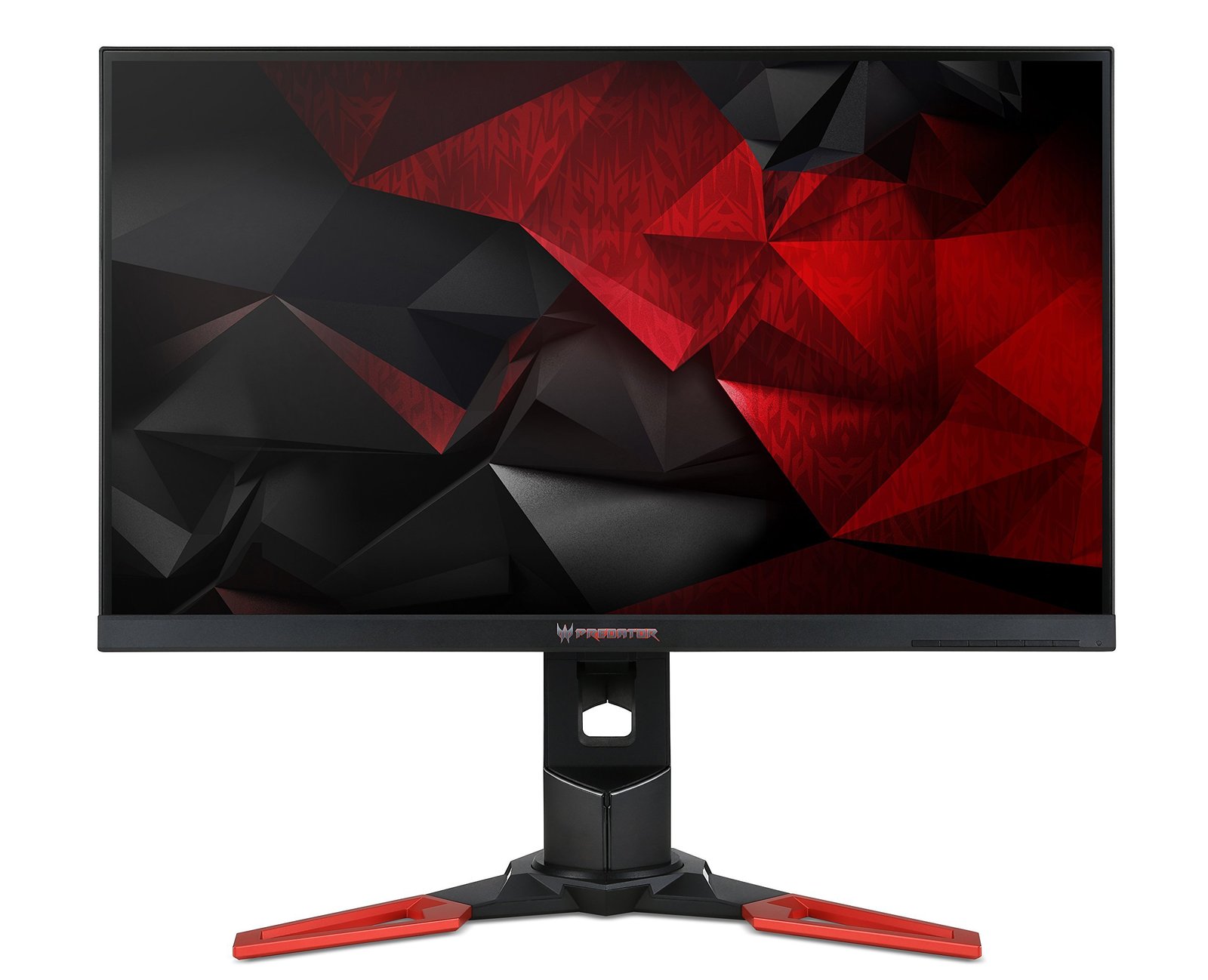Gaming Monitor 4K 144Hz

The pursuit of the ultimate gaming experience has led to significant advancements in display technology, with 4K resolution and 144Hz refresh rates standing at the forefront of this evolution. A gaming monitor that boasts 4K resolution (3840 x 2160 pixels) and a 144Hz refresh rate is the epitome of cutting-edge visual fidelity and responsiveness. This combination ensures that gamers can enjoy incredibly detailed graphics with smooth, tear-free motion, making every game feel more immersive and realistic.
Understanding 4K and 144Hz
4K Resolution: Also known as Ultra HD, 4K resolution offers a substantial increase in pixel density compared to Full HD (1080p) or Quad HD (1440p). This means sharper images, finer details, and a more cinematic experience. For gamers, 4K translates to being able to see every detail in a game’s environment, characters, and effects, contributing to a more engaging experience.
144Hz Refresh Rate: The refresh rate of a monitor indicates how many times per second the display refreshes the images on the screen. A 144Hz refresh rate means the monitor updates the image 144 times per second, which is significantly higher than the standard 60Hz found in many monitors. This higher refresh rate is particularly beneficial for fast-paced games, as it reduces screen tearing and provides a smoother experience.
Technologies Behind 4K 144Hz Gaming Monitors
Several technologies play crucial roles in enabling the 4K 144Hz experience:
NVIDIA G-Sync and AMD FreeSync: These are adaptive sync technologies designed to eliminate screen tearing by synchronizing the monitor’s refresh rate with the frames per second (FPS) produced by the graphics card. G-Sync is used with NVIDIA graphics cards, while FreeSync is used with AMD graphics cards.
Display Panels: The type of display panel used (e.g., TN, IPS, VA) affects the monitor’s color accuracy, viewing angles, and response time. IPS panels are popular for their good color reproduction and wide viewing angles, making them suitable for 4K gaming.
HDMI and DisplayPort: The connectivity options on a gaming monitor are crucial for achieving 4K at 144Hz. DisplayPort 1.4 and HDMI 2.1 are the primary connectors that support such high refresh rates at 4K resolution.
Choosing the Right 4K 144Hz Gaming Monitor
When selecting a 4K 144Hz gaming monitor, several factors should be considered:
Hardware Requirements: Running games at 4K with a high refresh rate requires a powerful computer, particularly a strong graphics card. Ensure your system can handle the demands of 4K 144Hz gaming.
Monitor Size: While larger monitors can provide a more immersive experience, they may also increase the demand on your computer’s graphics processing unit (GPU). A 27” monitor is often considered a sweet spot for 4K gaming.
Response Time and Input Lag: Lower response times and input lag are crucial for fast-paced games to maintain the smoothness and responsiveness of the gaming experience.
Color Accuracy and HDR Support: For gamers who also value media consumption, monitors with good color accuracy and High Dynamic Range (HDR) support can enhance the viewing experience for movies and TV shows.
The Future of Gaming Displays
As technology continues to evolve, we can expect even more impressive specifications and features in gaming monitors. Advances in OLED technology, the adoption of higher refresh rates like 240Hz or 300Hz at lower resolutions, and the integration of new technologies like ray tracing and artificial intelligence (AI) in monitors will further enhance gaming visuals and performance.
Conclusion
A 4K 144Hz gaming monitor represents the pinnacle of current display technology for gaming, offering unmatched visual fidelity and smoothness. As the gaming and display industries continue to advance, we can look forward to even more impressive technologies that will further immerse us in virtual worlds and enhance our gaming experiences.
What hardware is required to run games at 4K 144Hz smoothly?
+To achieve smooth gameplay at 4K 144Hz, you’ll need a high-end graphics card, such as an NVIDIA GeForce RTX 3080 or AMD Radeon RX 6800 XT, paired with a fast CPU and at least 16GB of RAM.
Is a 4K 144Hz monitor suitable for console gaming?
+While consoles like the PlayStation 5 and Xbox Series X support 4K resolution, they typically cap out at 60Hz or 120Hz. A 4K 144Hz monitor is more geared towards PC gaming where achieving high frame rates is more feasible.
What are the benefits of G-Sync or FreeSync in a 4K 144Hz gaming monitor?
+These technologies eliminate screen tearing by synchronizing the monitor’s refresh rate with the GPU’s frame rate, ensuring a smoother and more responsive gaming experience.
